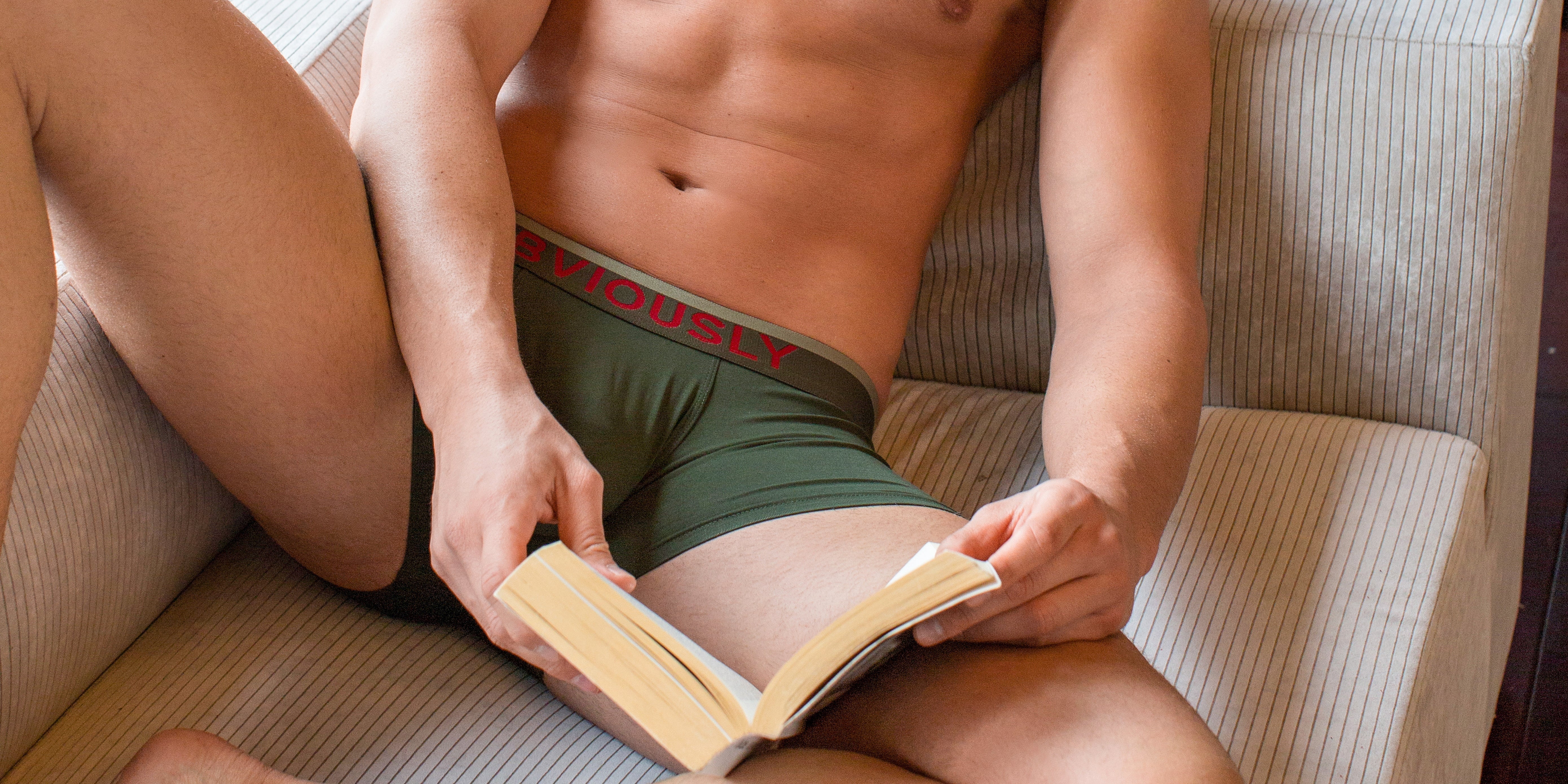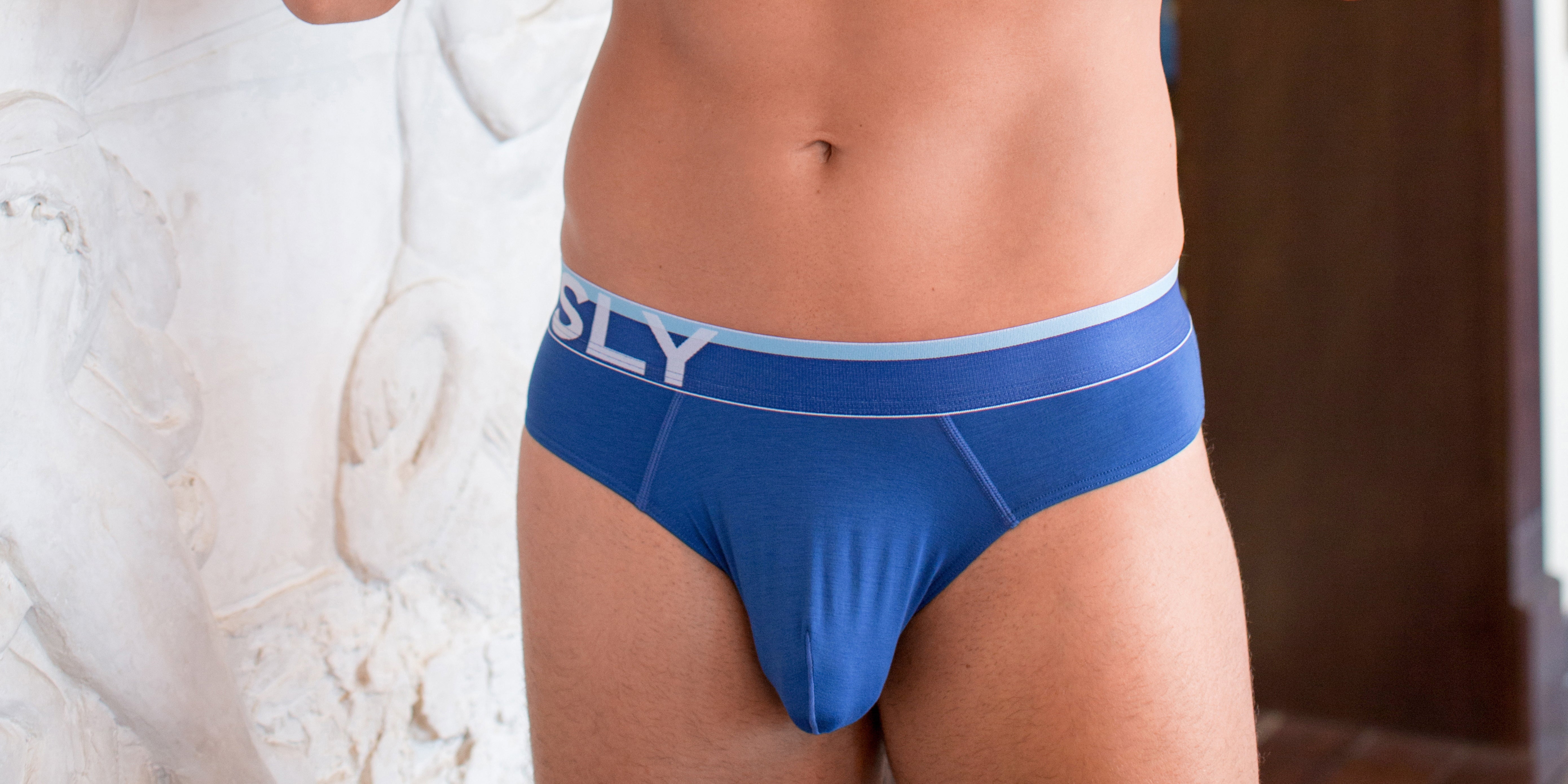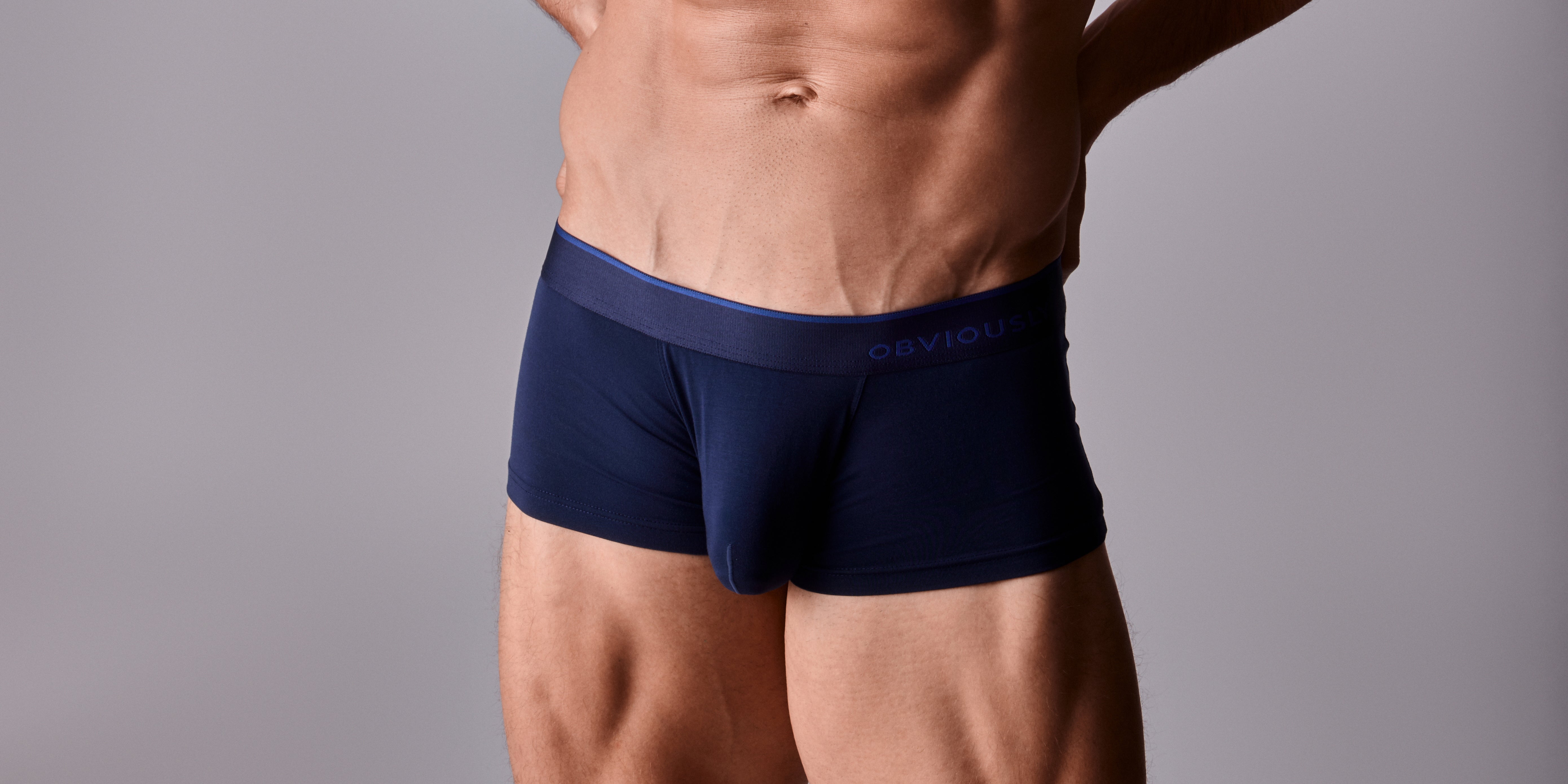
What Is Moisture Wicking Fabric: Benefits Explained
In an era where comfort meets innovation, moisture-wicking fabric stands out as a beacon of practicality and style. This cutting-edge material has redefined how we dress for both performance and leisure, offering a solution to the age-old problem of sweat and discomfort. Whether you're navigating the demands of a high-intensity workout, exploring the great outdoors, or simply seeking breathable clothing for everyday wear, moisture-wicking fabrics provide an unparalleled advantage. Dive into this article to uncover the secrets of moisture-wicking technology and learn how it can enhance your comfort, performance, and sustainability in every facet of life.
What Is Moisture Wicking Fabric?
Moisture-wicking fabric is a specialized textile designed to efficiently manage moisture by drawing sweat away from the skin and dispersing it across the fabric's surface for rapid evaporation. This innovative material is engineered with advanced fibers, often synthetic like polyester or nylon, which possess hydrophobic properties that repel water. The fabric's unique structure allows it to pull moisture through capillary action, ensuring that sweat is quickly moved away from the body, keeping the wearer dry and comfortable. This functionality is particularly beneficial in active and high-temperature environments, as it helps regulate body temperature, reduces chafing, and enhances overall comfort. Whether you're an athlete, an outdoor enthusiast, or simply someone seeking comfort in daily wear, moisture-wicking fabric offers a significant advantage by maintaining dryness and promoting a pleasant wearing experience.
How Does Moisture Wicking Fabric Work?
Step 1: Absorption of Moisture
The process begins as soon as sweat is produced by the body during physical activity or exposure to heat. Moisture-wicking fabrics are designed with fibers that have a high surface area, allowing them to quickly absorb sweat from the skin. Unlike traditional fabrics that might soak up moisture and become heavy, these specialized fibers are engineered to handle moisture efficiently, ensuring that it doesn't linger on the skin.
Step 2: Capillary Action
Once the moisture is absorbed, the fabric employs a mechanism known as capillary action. This process involves the movement of liquid along the surface of the fibers, driven by the attraction between the liquid molecules and the fibers themselves. The fabric's structure facilitates this action, pulling the moisture away from the skin and distributing it evenly across the fabric's surface. This ensures that sweat is not concentrated in one area, reducing the potential for discomfort and chafing.
Step 3: Rapid Evaporation
After the moisture is spread across the fabric, the next crucial step is evaporation. The increased surface area provided by the fabric allows for quicker evaporation of moisture into the air. This is where the hydrophobic nature of the fibers plays a vital role, as it prevents the fabric from retaining water, allowing it to dry rapidly. As the moisture evaporates, it helps to cool the body, maintaining a comfortable temperature and enhancing the wearer's overall experience.
Step 4: Continuous Cycle
The beauty of moisture-wicking fabric lies in its ability to continuously manage moisture. As long as the body continues to produce sweat, the fabric will keep absorbing, dispersing, and evaporating moisture in a seamless cycle. This ongoing process ensures that the wearer remains dry and comfortable, regardless of the intensity of the activity or the environmental conditions. This continuous cycle is what makes moisture-wicking fabric an essential component of performance wear and everyday comfort clothing.

What Are the Key Benefits of Moisture Wicking Fabric?
-
Enhanced Comfort and Dryness: Moisture-wicking fabrics excel at keeping the skin dry by efficiently moving sweat away from the body. This ensures that you remain comfortable and free from the clammy feeling often associated with traditional fabrics, even during intense physical activities or in hot climates.
-
Temperature Regulation: By facilitating rapid evaporation of moisture, these fabrics help regulate body temperature. This cooling effect is particularly beneficial for athletes and outdoor enthusiasts, as it prevents overheating and maintains optimal performance levels.
-
Reduced Chafing and Irritation: The ability of moisture-wicking fabric to keep the skin dry minimizes the risk of chafing and irritation, which can occur when wet fabric rubs against the skin. This is especially important for those engaging in long-duration activities or wearing uniforms for extended periods.
-
Lightweight and Breathable: Unlike fabrics that become heavy and uncomfortable when wet, moisture-wicking materials remain lightweight and breathable. This enhances mobility and ensures that the wearer feels unrestricted, making it ideal for both high-intensity workouts and everyday wear.
-
Sustainability and Durability: Many moisture-wicking fabrics are designed to be durable and require less frequent washing, contributing to a more sustainable wardrobe. Their ability to maintain performance and comfort over time makes them a smart investment for those seeking long-lasting, eco-friendly clothing options.
What Is The Best Fabric For Wicking Moisture?
Often, a blend of synthetic fibers, particularly polyester and nylon, excels in moisture-wicking due to their exceptional moisture management properties. These materials are engineered to be hydrophobic, meaning they repel water, which allows them to effectively pull sweat away from the skin and facilitate rapid evaporation. Polyester, in particular, is favored for its durability, lightweight nature, and ability to maintain its shape and performance over time. Additionally, advancements in textile technology have led to the development of specialized polyester blends that incorporate antimicrobial treatments, further enhancing their ability to keep the wearer fresh and odor-free.
While synthetic fabrics remain the top choice for high-performance moisture management in a variety of active and everyday settings, natural fibers like bamboo and micromodal are also gaining popularity for their moisture-wicking capabilities. Bamboo fabric is naturally breathable and has excellent moisture absorption and ventilation properties, making it a sustainable choice that is both soft and comfortable. Micromodal, derived from beech tree pulp, offers a silky feel and superior moisture-wicking abilities, providing a luxurious yet functional option. Alongside these, natural fibers like merino wool also offer moisture-wicking capabilities, especially in cooler climates, making both synthetic and innovative natural options like bamboo and micromodal top choices for effective moisture management.
Is Moisture-Wicking Fabric Breathable?
Yes, moisture-wicking fabric is inherently breathable, which is one of its most significant advantages. The breathability of these fabrics is achieved through their unique fiber structures and advanced weaving techniques that allow air to circulate freely. This airflow not only aids in the rapid evaporation of moisture but also helps regulate body temperature, ensuring that the wearer remains cool and comfortable even during intense physical activities or in hot climates. The combination of moisture management and breathability makes these fabrics ideal for athletic wear, outdoor gear, and everyday clothing, as they provide a comfortable barrier against sweat while allowing the skin to breathe. Whether you're running a marathon, hiking a trail, or simply navigating a busy day, moisture-wicking fabrics offer a breathable solution that enhances comfort and performance.
What Are Some Dos and Don’ts For Extending The Life Of Moisture-Wicking Clothing?
Dos
-
Follow Care Instructions: Always adhere to the care labels on your moisture-wicking clothing. These instructions are specifically designed to maintain the fabric's performance and longevity. Washing in cold water and using a gentle cycle can help preserve the fabric's moisture-wicking properties.
-
Use Mild Detergents: Opt for mild, non-abrasive detergents that are free from fabric softeners and bleach. These chemicals can degrade the fabric's fibers and reduce its ability to wick moisture effectively.
-
Air Dry When Possible: To prevent damage from high heat, air dry your moisture-wicking garments or use a low-heat setting in the dryer. This helps maintain the fabric's elasticity and structural integrity over time.
Don’ts
-
Avoid Fabric Softeners: Fabric softeners can leave a residue on moisture-wicking fabrics, clogging the fibers and diminishing their ability to manage moisture. Steer clear of these products to ensure optimal performance.
-
Don’t Overwash: Frequent washing can wear down the fabric's fibers and reduce its effectiveness. Only wash your moisture-wicking clothing when necessary, and consider spot cleaning to extend the time between washes.
-
Skip High Heat: Avoid using high heat settings in the dryer or ironing your moisture-wicking garments, as excessive heat can damage the fibers and compromise their moisture-wicking capabilities.
Conclusion
In conclusion, moisture-wicking fabric stands as a remarkable innovation in the world of textiles, offering a blend of comfort, performance, and sustainability that caters to a wide array of needs and lifestyles. From athletes seeking peak performance to everyday consumers desiring enhanced comfort, these fabrics provide an unparalleled solution to managing moisture and maintaining dryness. By understanding the science behind moisture-wicking technology and adhering to proper care practices, you can maximize the benefits and longevity of your garments. Whether you're navigating the demands of a high-intensity workout, exploring the great outdoors, or simply enjoying a day in the sun, moisture-wicking fabrics empower you to stay cool, dry, and comfortable, making them an indispensable part of any wardrobe.
Final Thoughts
At Obviously Apparel, we believe that the right foundation is key to feeling your best. Our premium underwear, made from exquisite bamboo and micromodal fabrics, is designed to fit seamlessly into your daily routine. Whether you're managing a hectic day or striving for excellence at the gym, our underwear delivers exceptional comfort and support. Let Obviously Apparel transform your wardrobe and enhance your confidence with every piece you wear.
Sources




